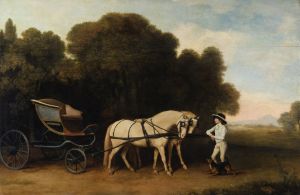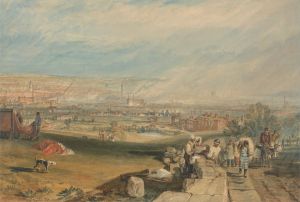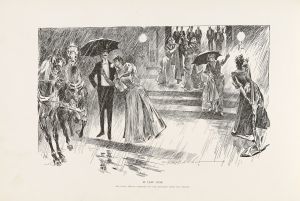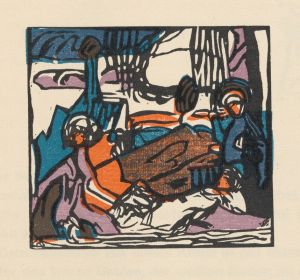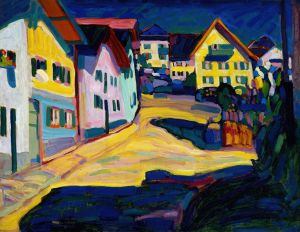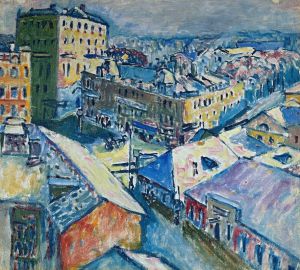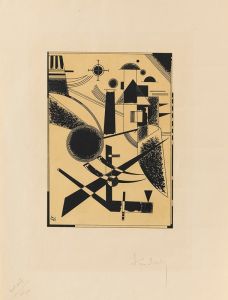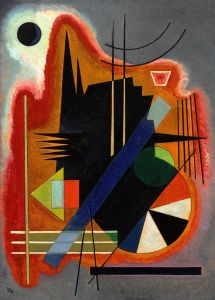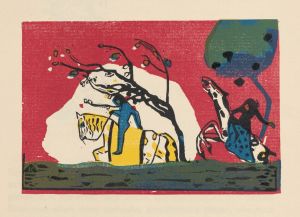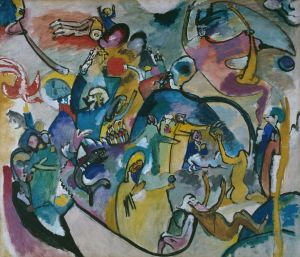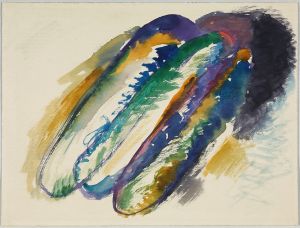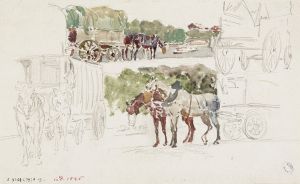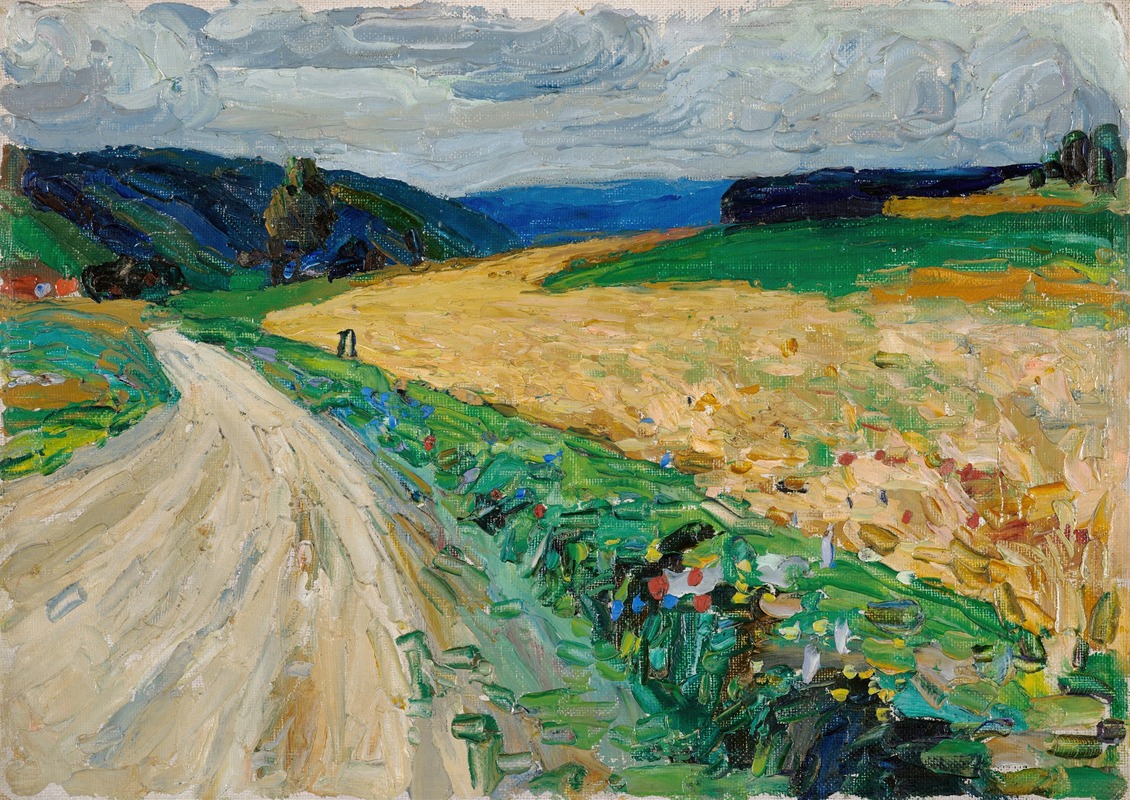
Kallmünz – Nature study on the yellow stagecoach
A hand-painted replica of Wassily Kandinsky’s masterpiece Kallmünz – Nature study on the yellow stagecoach, meticulously crafted by professional artists to capture the true essence of the original. Each piece is created with museum-quality canvas and rare mineral pigments, carefully painted by experienced artists with delicate brushstrokes and rich, layered colors to perfectly recreate the texture of the original artwork. Unlike machine-printed reproductions, this hand-painted version brings the painting to life, infused with the artist’s emotions and skill in every stroke. Whether for personal collection or home decoration, it instantly elevates the artistic atmosphere of any space.
Wassily Kandinsky's painting Kallmünz – Nature Study on the Yellow Stagecoach is a work created during the artist's early explorations of color and form. Painted in 1903, it reflects Kandinsky's time in the Bavarian town of Kallmünz, where he spent part of the summer with his companion, Gabriele Münter. This period was significant in Kandinsky's artistic development, as he was transitioning from a more representational style to the abstract forms for which he would later become renowned.
The painting depicts a rural landscape, with a yellow stagecoach as its central element. The composition integrates natural elements such as trees, hills, and a road, rendered in a style that combines impressionistic influences with Kandinsky's growing interest in the expressive potential of color. The use of yellow in the stagecoach is particularly notable, as Kandinsky would later associate this color with warmth, energy, and movement in his theoretical writings on art.
Kandinsky's time in Kallmünz was marked by his engagement with plein air painting, a practice that allowed him to study the effects of light and atmosphere directly from nature. This approach is evident in the painting's loose brushwork and vibrant palette, which capture the dynamic interplay of light and shadow in the landscape. The work also reflects Kandinsky's fascination with the harmony between man-made objects and the natural environment, a theme that recurs in many of his early works.
Kallmünz – Nature Study on the Yellow Stagecoach is considered an example of Kandinsky's pre-abstract phase, during which he was influenced by movements such as Impressionism and Post-Impressionism. While the painting retains a degree of representational clarity, it also hints at the artist's later departure from traditional forms and his pursuit of abstraction. This transitional quality makes the work an important piece in understanding Kandinsky's artistic evolution.
The painting is part of Kandinsky's broader body of work from the early 1900s, a period during which he traveled extensively and absorbed influences from various artistic traditions. His experiences in places like Kallmünz contributed to his development as a pioneer of abstract art. Today, Kallmünz – Nature Study on the Yellow Stagecoach is recognized as a significant example of Kandinsky's early experimentation with color and composition, offering insight into the formative stages of his career.
Further details about the painting's current location or its provenance are not widely documented.





